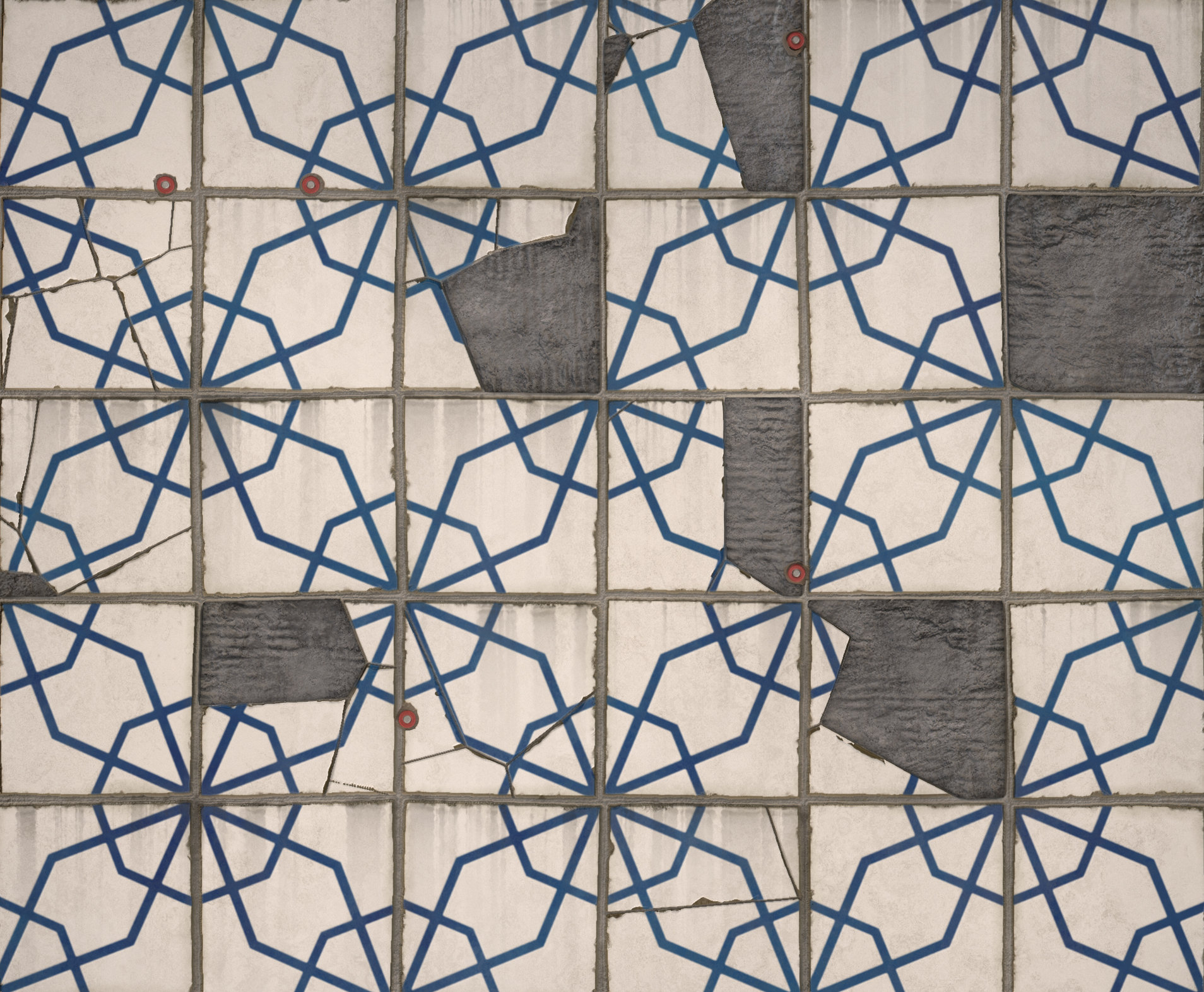The BRAWL² Tournament Challenge has been announced!
It starts May 12, and ends Oct 17. Let's see what you got!
https://polycount.com/discussion/237047/the-brawl²-tournament
It starts May 12, and ends Oct 17. Let's see what you got!
https://polycount.com/discussion/237047/the-brawl²-tournament

Replies
thank you
I've been working on and off for years on ways to generate a believable and robust system for cracks and I've yet to arrive at a solution that isn't basically shit.
Recently I've started working on growing tree like distance field structures in designer, this seems like it might be the way to go but it's complex, expensive and (based on watching people use my other sdf based tools) unintuitive.
Perlin, voronoi, poisson and most other forms of cg noise are built around the distance between a field of semi randomly distributed points which is kind of the opposite of what you want for cracks - which grow outward from points of stress